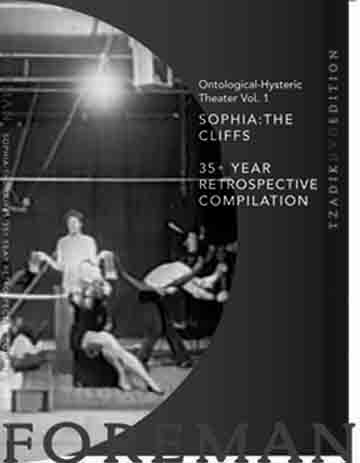-->

grumeaux
[from Caen, France; Yoann Thommerel, ed.]
n° 1
VOICE
| 8 Mladen Dolar : |
Vox |
| |
|
| 53 Ian Monk : |
Lire à haute voix |
| |
|
| 61 Jérôme Game : |
L'agencement lecture/perf.
Mousse |
| |
|
| 69 Gwenaëlle Stubbe : |
Une réponse concise
Adélaï-ïde |
| |
|
| 81 Benoît Casas : |
Vous lire |
| |
|
| 87 Sonia Chiambretto : |
La prochaine fois
POLICES ! |
| |
|
| 105 Vincent Tholomé : |
Une lente et longue explosion souterraine
Room 14 |
| |
|
| 115 Christian Prigent : |
Demain je meurs dans la voix de l'écrit |
| |
|
| 123 Luc Bénazet : |
le devant, le dos
LET-RRES DE L'AMOUR |
| |
|
| 135 Cécile Mainardi : |
LA SCHÉRAZADITÉ Ou LE CINÉMA DE MA VOIX |
| |
|
| 149 Christophe Manon : |
Lyrisme de masse (quelques notes)
qui vive (extrait) |
| |
|
| 163 Jacques Demarcq : |
la Vie volatile (extrait)
hO vUe |
| |
|
| 175 Ettore Labbate : |
À perte de voix
"Écho 1" et "Écho 2" |
| |
|
| 187 Hubert Lucot : |
Voyage à Bordeaux-Gradignan |
| |
|
| 193 Jacques Jouet : |
Le phonographe de Charles Cros
La pierre magnétique |
| |
Dossier edited by Double Change: Abigail Laing, Olivier Brossard, Vincent Broqua:
|
| 201 Charles Bernstein : |
Écouter de près, La poésie et sa performance |
| |
|
| 205 Stephen Ratcliffe : |
Listening to reading
Human / Nature |
| |
|
| 209 Jerome Rothenberg : |
Comment nous sommes venus à la performance : un témoignage personnel |
| |
|
| 215 Keith Waldrop : |
Entretien |
| |
|
| 219 Norma Cole : |
Probation (extrait) |
| |
|
| 225 Michael Davidson : |
Technologie de la présence. L'oralité et la voix enregistrée de la poésie contemporaine.
1-La construction de la tradition orale |
| |
|
| 229 David Antin : |
La rivière (extrait) |
| |
|
| 233 Michael Davidson : |
Technologie de la présence. L'oralité et la voix enregistrée de la poésie contemporaine.
2-La culture de la surveillance |
| |
|
| 237 Charles Bernstein : |
Manifeste pour PennSound |
| |
|
| 242 Slavoj Zizek : |
"Je vous entends avec mes yeux" ou le maître invisible |
| |
|
| 282 les auteurs |
|





































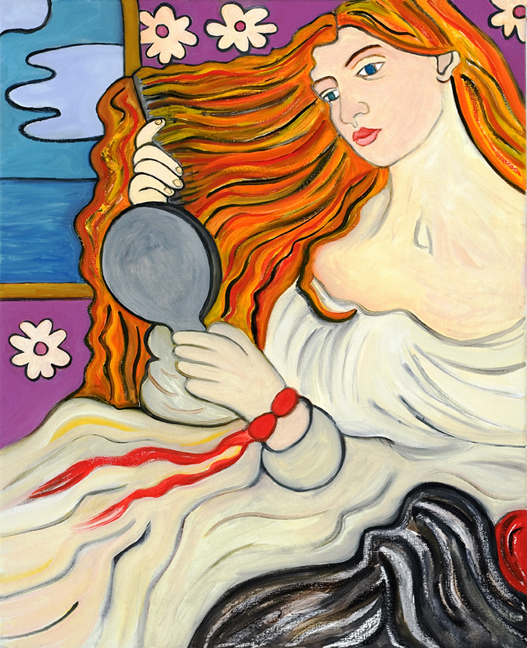





 Girldrive: Criss-Crossing America, Redefining Feminism
Girldrive: Criss-Crossing America, Redefining Feminism
















 >
>
![[jacket image]](http://www.press.uchicago.edu/Images/Chicago/9781846311154.jpeg)
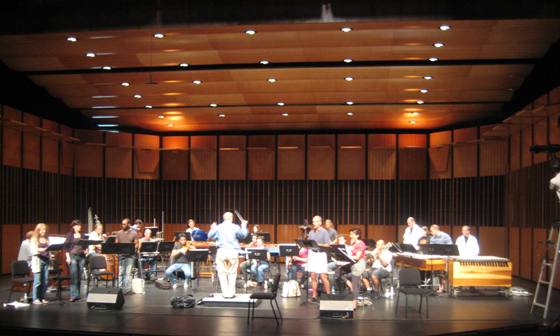
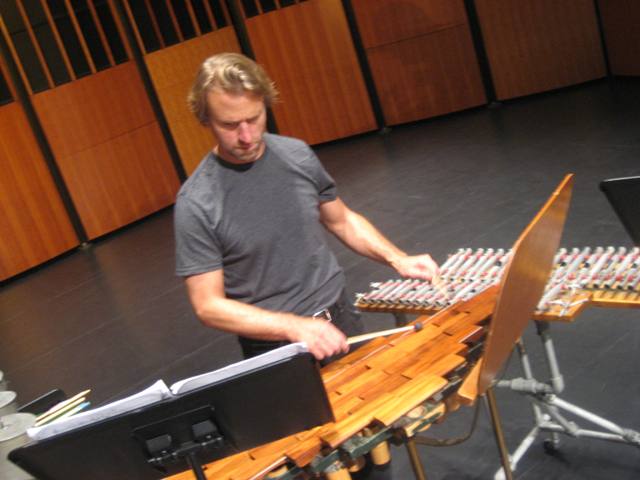









































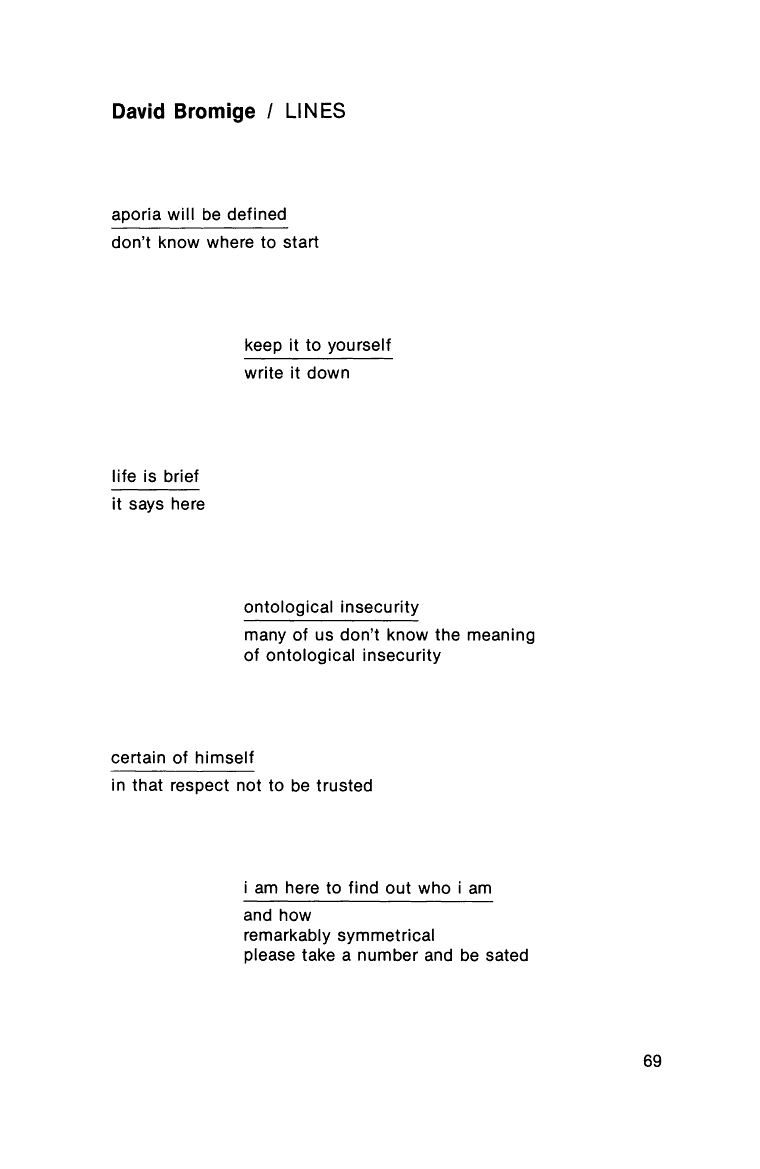





























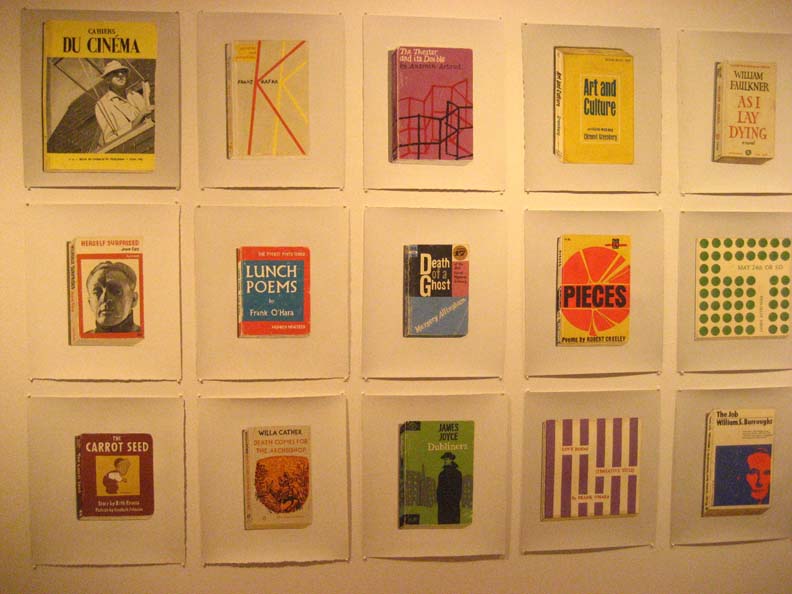







 |
|























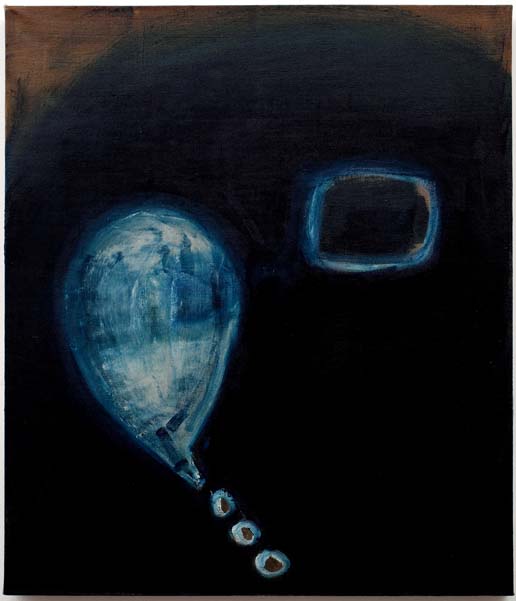




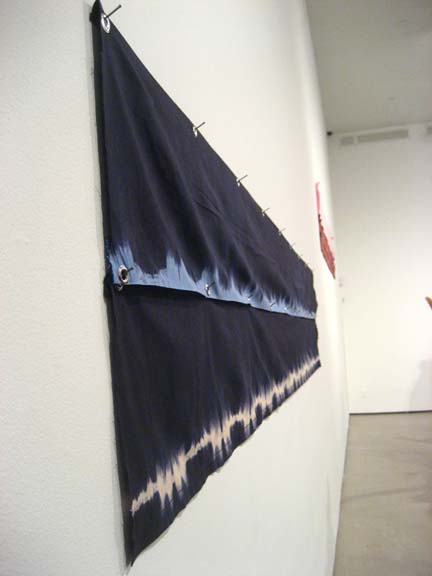










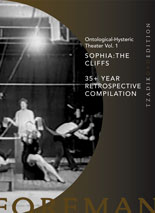





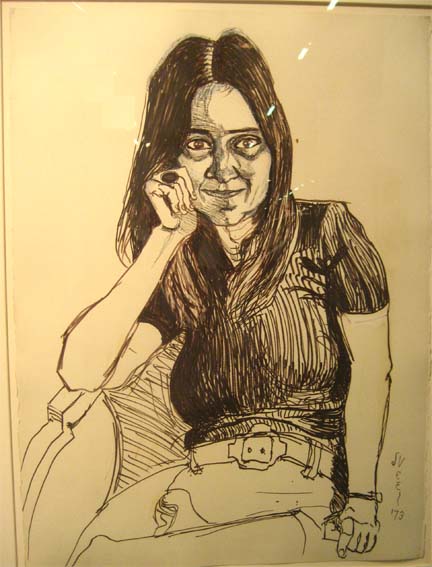






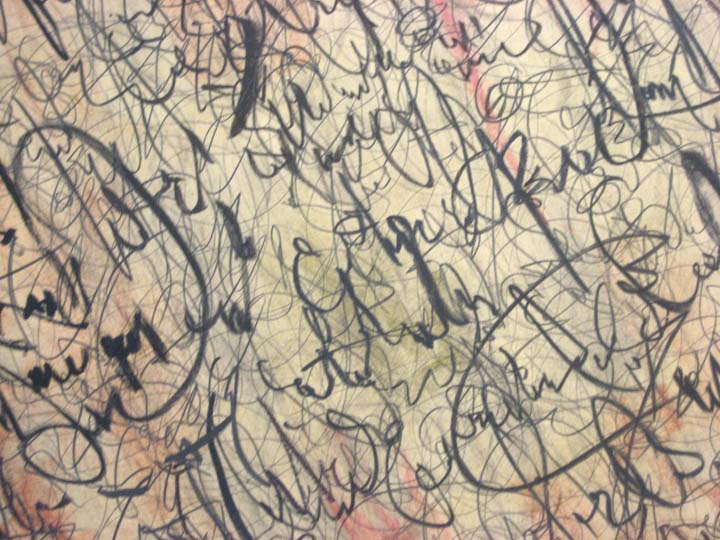














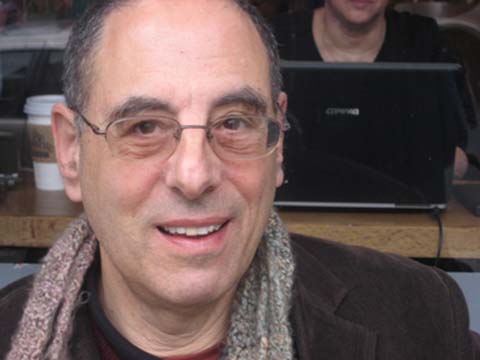











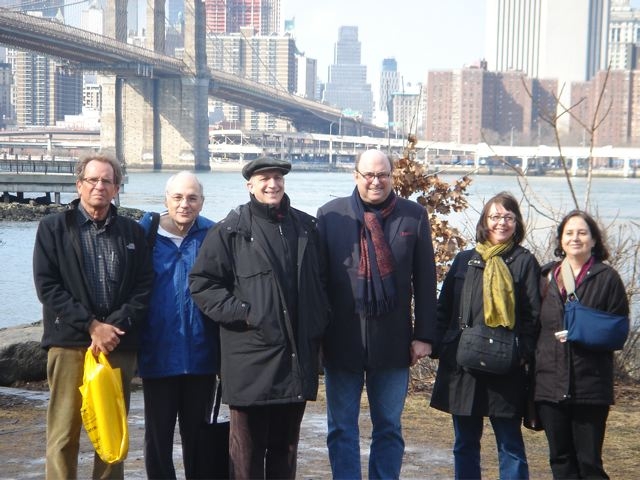


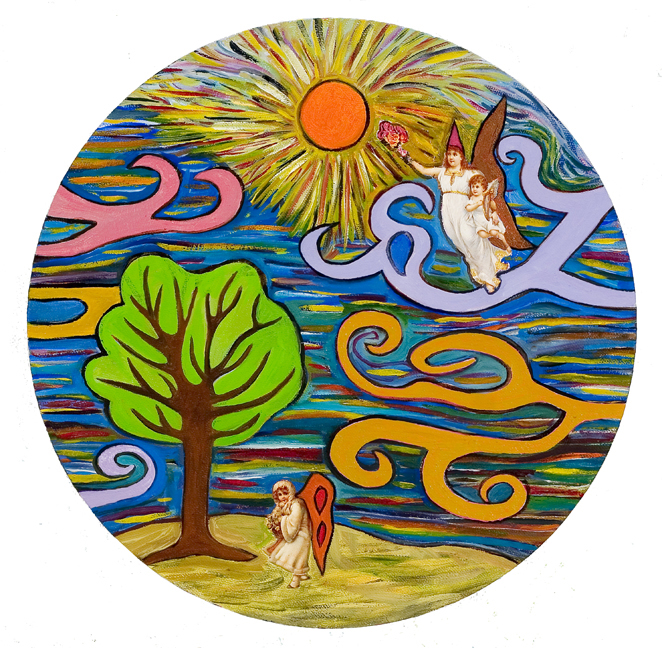
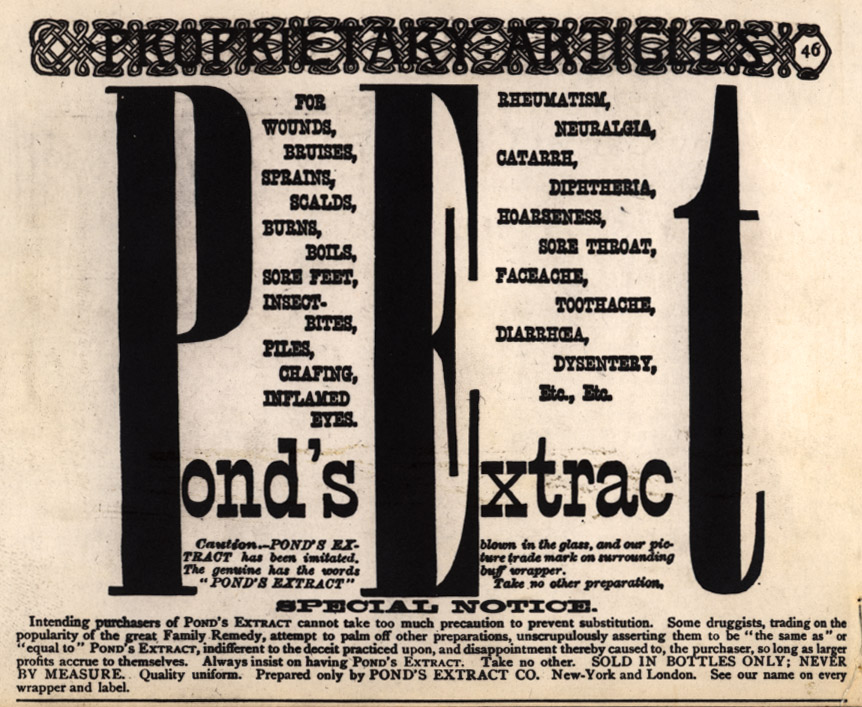


 .
. ca 1986.jpg)







